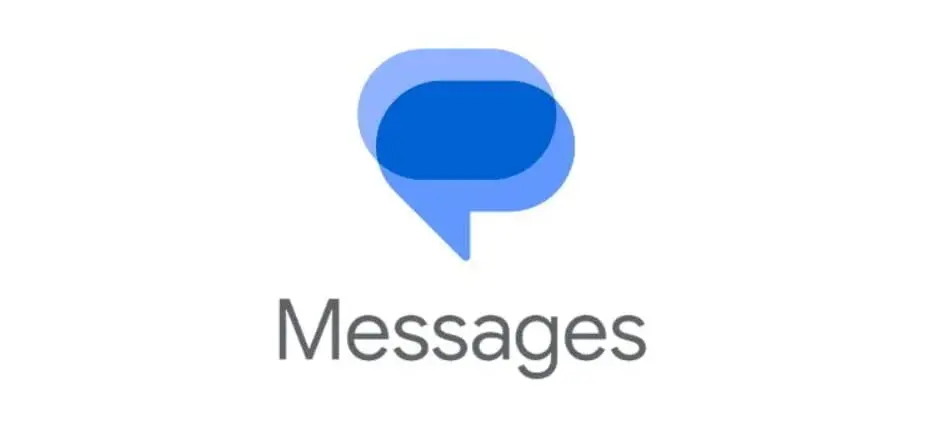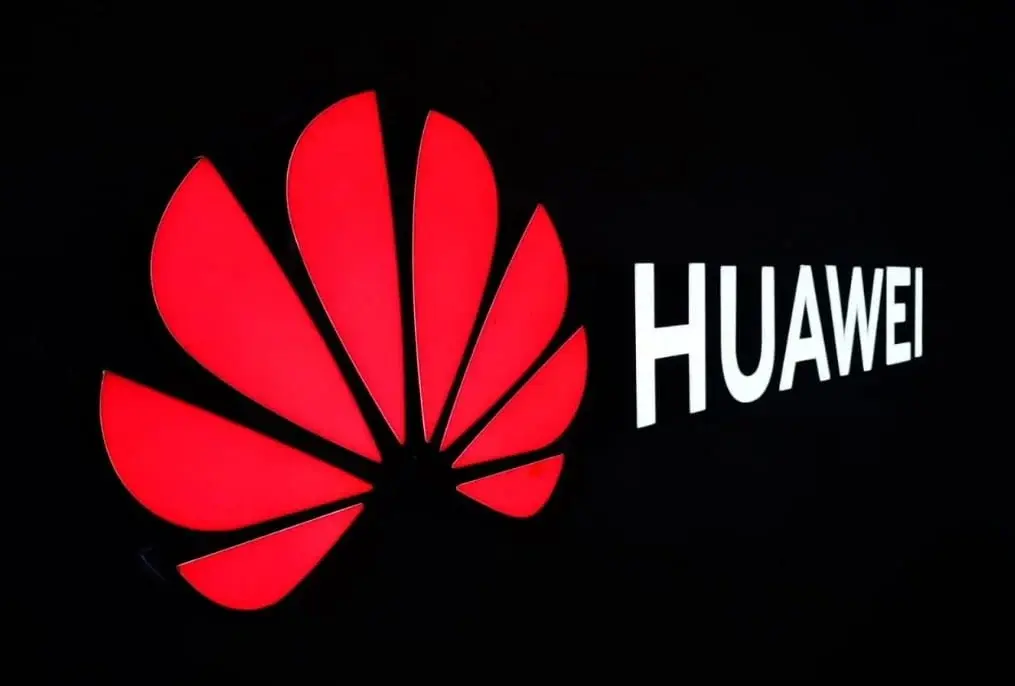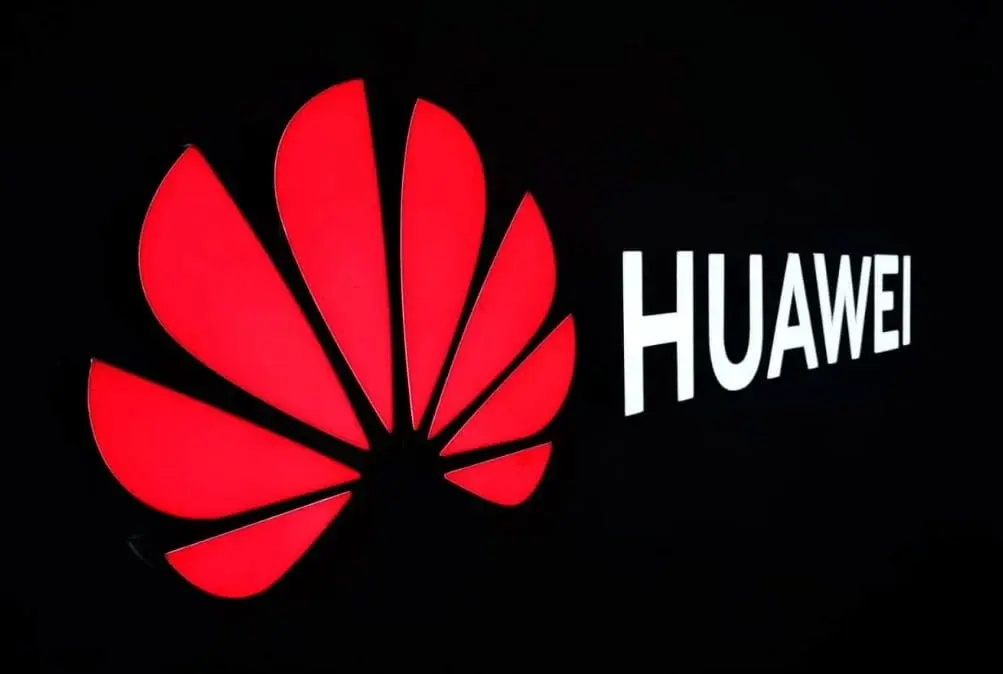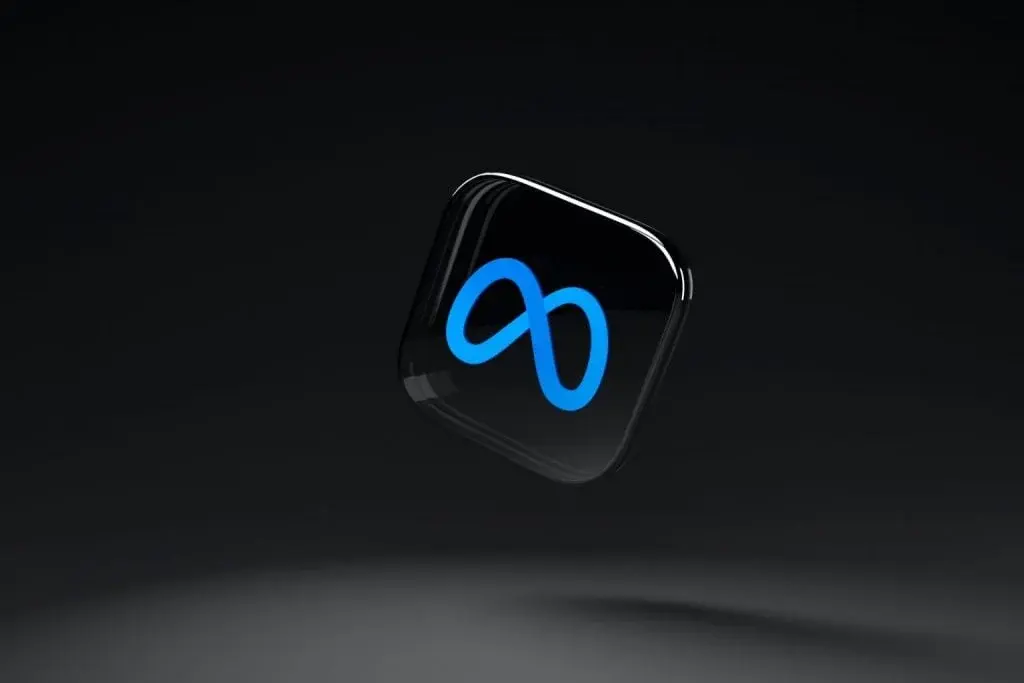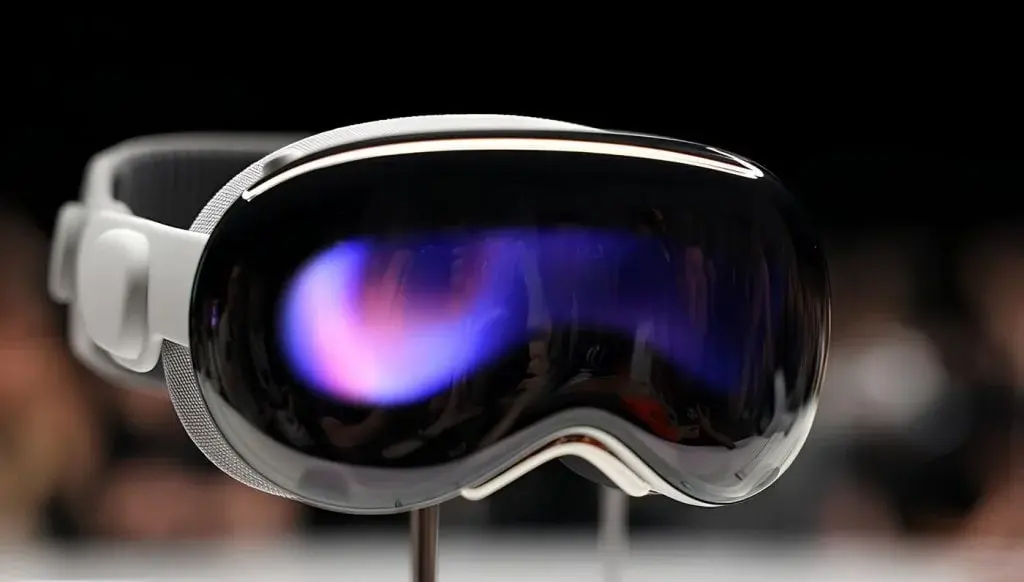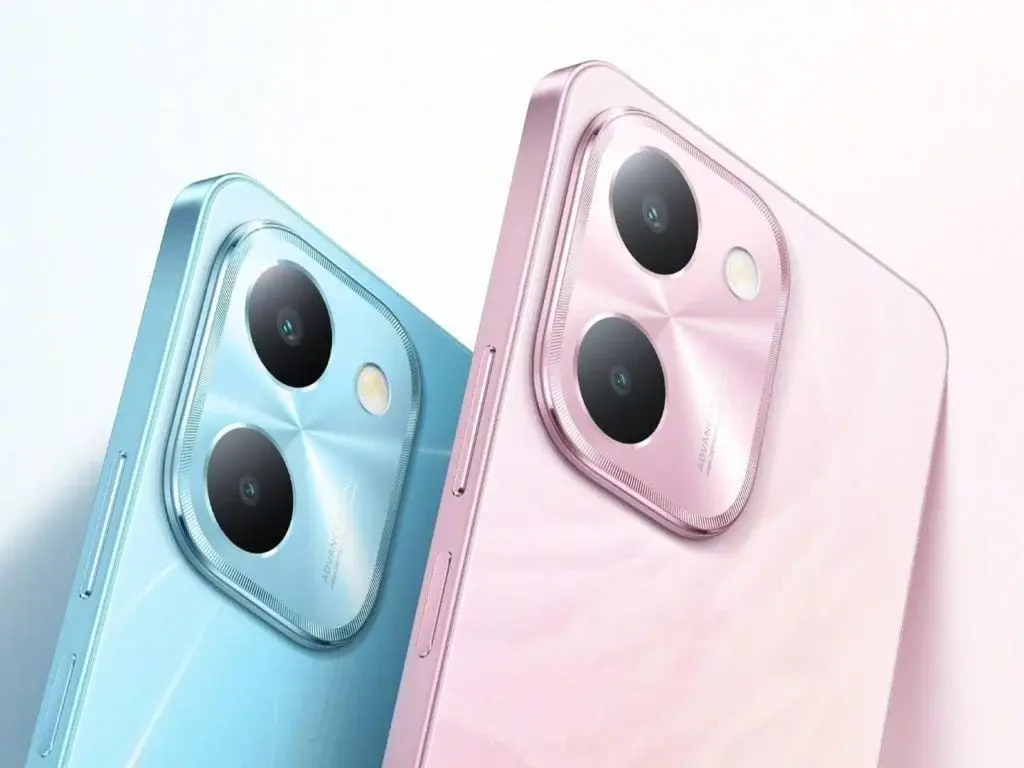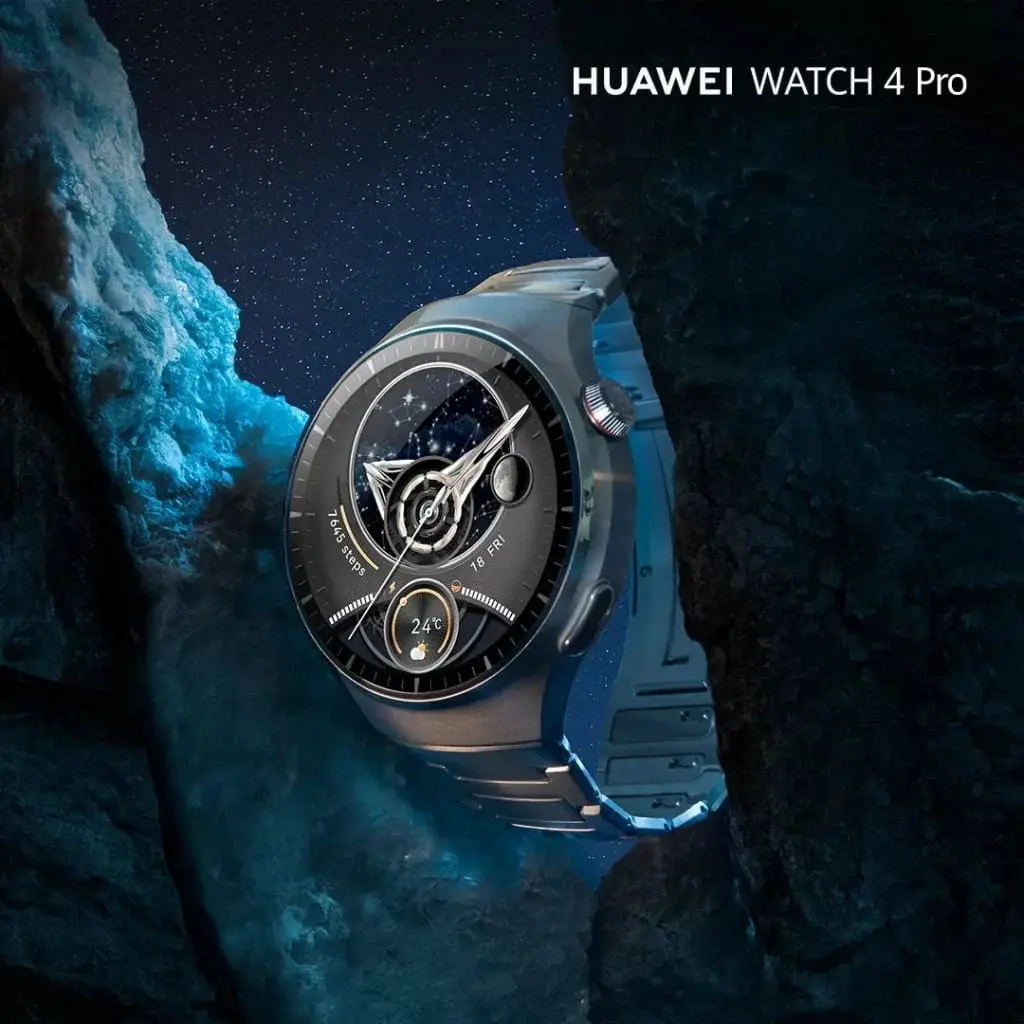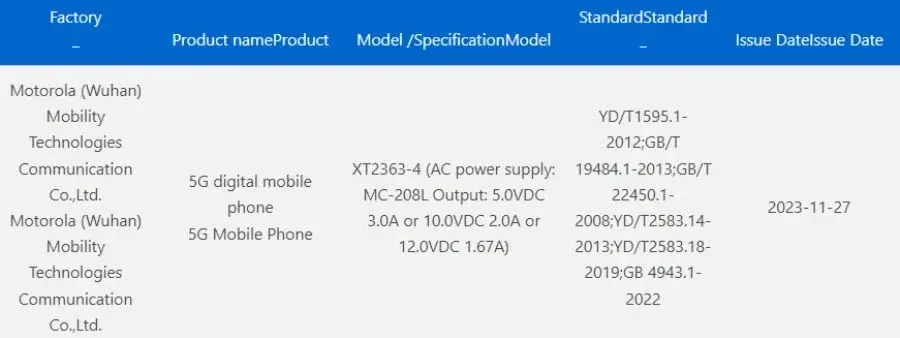Google Introduces Ultra HDR Image Sharing for RCS Chats on Messages App
Google has discreetly integrated functionality for sharing Ultra HDR images in RCS chats on its Messages app. This enhancement permits users with compatible devices to share and view Ultra HDR photos seamlessly within the messaging platform.
Understanding Ultra HDR
The Ultra HDR image format is designed to work with Android 14 and enhances the traditional JPEG format by embedding supplementary HDR metadata. Consequently, while the image can be displayed on any device, devices equipped with HDR-capable screens can fully appreciate the expanded spectrum of colors and tones.
Uncovering the Feature
The initial sighting of this feature was made by TheSpAndroid, who observed the inclusion of Ultra HDR image support in September, just preceding the release of the Pixel 8 series. This observation was authenticated through the presence of the "bugle.support_ultra_hdr" indicator in the APK.
Preserving Ultra HDR Fidelity
As reported by the GizNewsDaily blog, Google Messages safeguards the HDR gain map within Ultra HDR images. Consequently, when a sent image is archived, it ought to maintain its Ultra HDR integrity in Google Photos.
Automatic Rendering of HDR Metadata
Theoretically, when an Ultra HDR image is transmitted or received in a Google Messages RCS chat, the image should automatically exhibit the applied HDR metadata, provided that the device possesses an HDR-compatible screen.
Distinguishing Ultra HDR Images
Nonetheless, at present, there exists no method to differentiate an Ultra HDR image from a regular HDR image within Google Messages. Consequently, users will encounter difficulty in discerning between standard HDR and Ultra HDR images.
Phased Deployment
Google has not issued an official declaration concerning the rollout of Ultra HDR support in Google Messages. Nonetheless, it is anticipated that this feature will progressively become available to all Android 14 devices over the forthcoming weeks.

